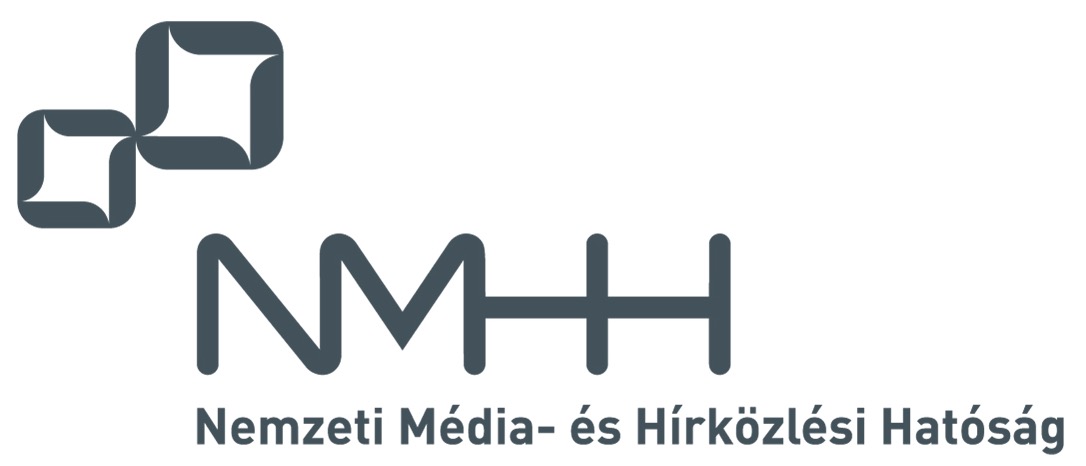2017. 4th Issue
Full issue  (5,2MB)
(5,2MB)
PAPERS FROM OPEN CALL
Bowei Zhang, Xin Hu, Weinong Wu, Jie Huang, Jing Wang and Wenjiang Feng
Retrospective Interference Neutralization for the Two-Cell MIMO Interfering Multiple Access Channel 
The world of Industrial IoT (Internet of Things) generates different challenges for every company. For the small and medium-size enterprises these challenges involve material and special human resource constraints. For these enterprises, the complex solutions may not be feasible due to financial reasons, so individual solutions and individual IT support must be provided for them. Still, generally accepted architectural principles, protocols, data analysis solutions are available as building blocks for solutions tailored for smaller enterprises.
In order to offer good examples for such individual solutions, this paper presents various infocommunication technologies and environment as a complex infrastructure background. This setup has already been used in two different wood industrial companies to improve the effectivenes of their productivity.
Pavel Masek, Zhaleh Sadreddini, Tugrul Cavdar and Jiri Hosek
On the Performance of Spectrum Handoff Framework for Next-generation 5G Networks 
The lack of available radio spectrum and inefficiency in its usage necessitate a new communication paradigm requiring to exploit the existing spectrum opportunistically. One of the perspective spectrum sharing methods, which is currently under a heavy investigation by academia and industry as well across whole Europe, is called Licensed Shared Access (LSA). This novel technology allows for controlled sharing of spectrum between an original owner (primary user, incumbent) and a licensee (secondary user), such as the mobile network operators (MNOs), which coexist geographically. Despite certain benefits, there are still several issues to be solved before the LSA framework will be implemented in commercial infrastructure. One of them is the need to move secondary users (SUs) from the rented LSA band whenever the incumbent needs it. The potential solution for this problem is represented by spectrum handoff, which aims to help SUs to vacate the occupied licensed spectrum and find suitable network resources to resume the unfinished transmissions somewhere else in order to keep SUs satisfaction in terms of quality of experience (QoE) at negotiated quality of service (QoS) level. Inspired by this, we propose a decision making model considering several SUs attributes (RSSI, RSRP, RSRQ, SINR) in order to efficiently implement the handoff procedure and treat SUs to maximize total service time, spectrum utilization and SUs' satisfaction. As an input for our simulation model, we have used the set of measurements performed in real 3GPP LTE-A indoor cellular system located at Brno University of Technology, Czech republic. Our achieved simulation results evaluate the spectrum utilization of three 3GPP LTE-A cells and provide the total service time for each active SU, while different values of primary user's activity ratio are considered for each cell. Authors would like to recall that this paper represents extended version of their previously published work at TSP 2017 conference.
On Sensitive and Weighted Routing and Placement Schemes for Network Function Virtualization

Virtualization is a fast-growing technology that is being widely adopted to help improve network and datacenter resource manageability and usage optimization. However, given increasing deployments, new challenges are starting to arise, e.g., such as management complexity. Hence in order to deliver a higher degree of service provisioning flexibility, two key technologies have attracted attention, namely network function virtualization (NFV) and software defined networking (SDN). The former enables the implementation of network functions (NFs) via top-of-the-shelf commodity servers in datacenters. The latter decouples the data and control planes, centralizing flow rules definitions in a controller system to facilitate management and routing. Although recent NFV studies have focused on minimizing resource usage to satisfy a set of requested NFs, they do not consider scenarios with limited resources. Hence this paper presents an optimization-based solution for the joint routing and placement of virtual NFs. In particular, the scheme tries to maximize the number of satisfied requests as well as well minimize routing and deployment costs. The model also introduces weighting factors to allow operators to select cost preferences. However findings indicate that the proposed optimization solution can only be solved for smaller networks. Hence a more scalable greedy heuristic scheme is also developed.
PAPERS OF APPLIED RESEARCH
Zoltán Pödör, Attila Gludovátz, László Bacsárdi, Imre Erdei and Ferenc Nandor Janky
Industrial IoT techniques and solutions in wood industrial manufactures 
The world of Industrial IoT (Internet of Things) generates different challenges for every company. For the small and medium-size enterprises these challenges involve material and special human resource constraints. For these enterprises, the complex solutions may not be feasible due to financial reasons, so individual solutions and individual IT support must be provided for them. Still, generally accepted architectural principles, protocols, data analysis solutions are available as building blocks for solutions tailored for smaller enterprises. In order to offer good examples for such individual solutions, this paper presents various infocommunication technologies and environment as a complex infrastructure background. This setup has already been used in two different wood industrial companies to improve the effectiveness of their productivity.
CALL FOR PAPERS / PARTICIPATION
IEEE Global Communications Conference / IEEE GLOBECOM 2018, Abu Dhabi, United Arab Emirates
ADDITIONAL
Guidelines for our Authors




